
In yesterday’s post, we looked at “intimate brands” – companies that have worked hard to create strong connections with its customers. Disney now happily sits at the top of the heap in MLBM’s study of brands we can’t live without – and that we’re willing to pay more for.
Media-wise, YouTube made an impressive showing as a media brand that has connected – not just with Millennials, but with a large, broader audience that spans the generations.
For platforms like broadcast radio, there’s much good news in the study. And it starts with the fact that of all the industry sectors in MLBM’s study of 400 brands, the one that generates the most intimacy in the U.S. is “Media & Entertainment.”
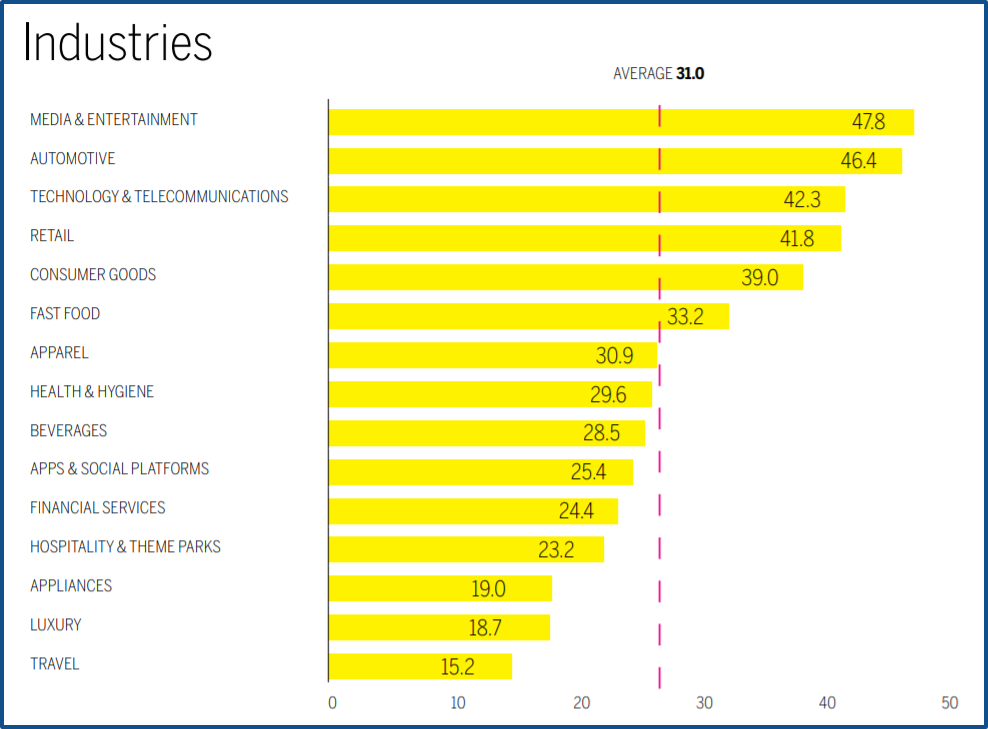
It’s noteworthy that while the industry average is an intimacy score of 31, “Media & Entertainment” has almost lapped the field, followed closely by broadcast radio’s long-time partner, “Automotive.” It should not be lost on any of us that media and cars go so well together, each having the lion’s share of potential to generate brand intimacy.
(And as someone who’s on the road the majority of the year, I couldn’t help but notice that “Travel” is mired at the bottom of the intimacy ranker. Don’t get me going !)
Which brings us to broadcast radio, a medium that could use a little love and intimacy right about now. And MBLM lays out the pathway for achieving it, naming six archetypes that lead directly to consumer connectedness with brands. Whether you’re in a radio station in La Crosse or L.A., brand intimacy can be achieved:
1. Fulfillment – This is when the brand suits the audience’s tastes and culture so well, there’s no reason to spend time with other stations. It’s analogous to golfers insisting on a brand of clubs and balls they wouldn’t be on the course without. I also believe that in radio, this archetype also applies to the other side of fulfillment – doing what you say you will do. Stations that promise certain values (whether they’re events, contests, sales pitches, or on-air features) and don’t deliver don’t get too far up the intimacy ladder.
2. Identity – This one is so key to creating an intimate brand. It is where a radio station intricately weaves itself into reflecting a listener’s persona. 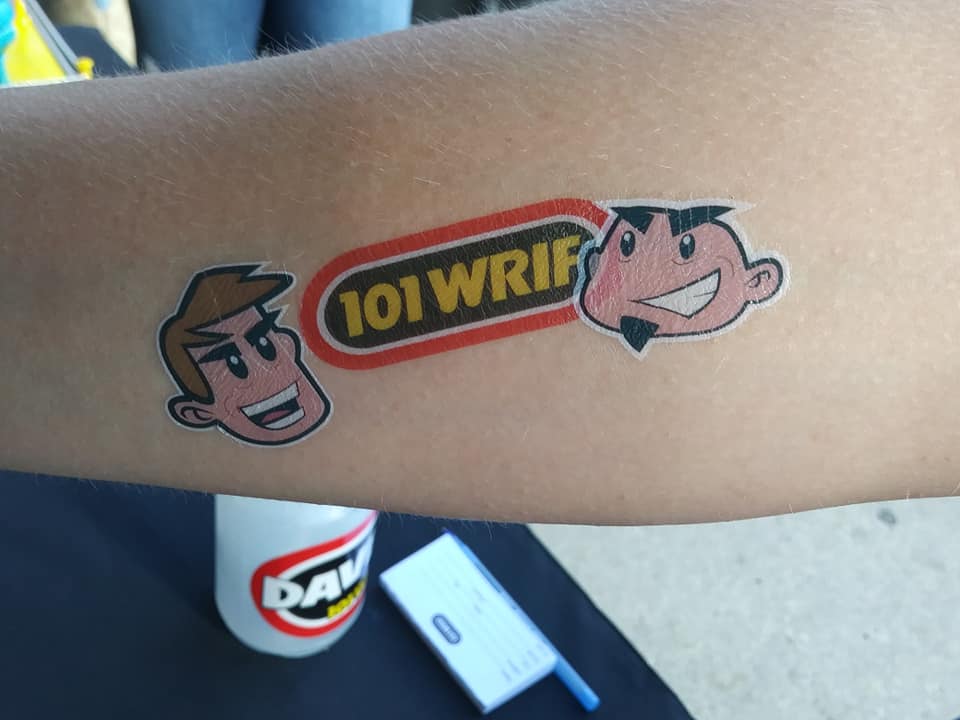 Describing oneself as a “KMET person” spoke volumes about Los Angelenos back in the 70s, just as being a “Stern fan” has over years from broadcast to satellite radio. Whether it’s riding a Harley or toting around a Louis Vuitton purse, identity brands create that unique connection.
Describing oneself as a “KMET person” spoke volumes about Los Angelenos back in the 70s, just as being a “Stern fan” has over years from broadcast to satellite radio. Whether it’s riding a Harley or toting around a Louis Vuitton purse, identity brands create that unique connection.
3. Indulgence – This is where a brand honors special occasions that mean something to consumers. You see hotel chains like Ritz Carlton or Four Seasons excel here, overdelivering and doing it at the right time. Radio stations can pull this off, too, by recognizing key milestones that matter to their listeners. Or by providing luxuries to contest winners to take a nice price – a pair of concert tickets, say – and taking it up several notches by providing a limo, dinner, and babysitter money.
4. Ritual – Brands can become part of a person’s routine, like drinking that Starbucks latte to start the day, or kicking back and turning on Netflix at night. This is 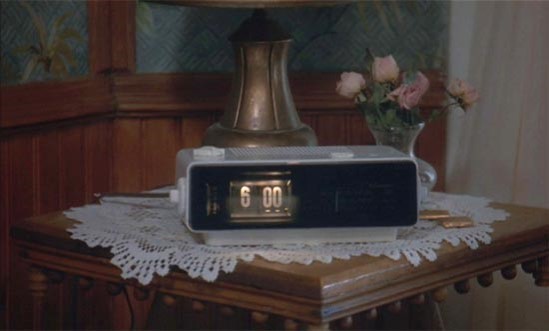 where broadcast radio has the inside track, especially when stations start the day with a great, “must listen to” morning show. As our Techsurveys have pointed out over the years, habit is an important part of why consumers connect to a favorite station or a.m. drive show. The term “ritual” is a better way of expressing how radio can become part of the fabric of people’s lives.
where broadcast radio has the inside track, especially when stations start the day with a great, “must listen to” morning show. As our Techsurveys have pointed out over the years, habit is an important part of why consumers connect to a favorite station or a.m. drive show. The term “ritual” is a better way of expressing how radio can become part of the fabric of people’s lives.
5. Enhancement – This archetype is more nuanced, but it’s an important one. It’s about making life easier for customers – or listeners. And as we’ve learned over the years, providing convenient ways of tuning in and consuming a station is congruent with this value. It could mean developing a great station app, an Alexa skill, an easy-to-navigate website, or even a way for listeners to seamlessly provide input about their favorite station. At a time when so many brands make contact with consumers so damn hard, broadcast radio’s personal factor can enhance the experience.
6. Nostalgia – It is fascinating this archetype is part of MBLM’s intimacy 6-pack. Their analysts realize that “fond memories” can help consumers relive those important moments from the past. They point to Disney as a great example of a brand that has leveraged nostalgia. Obviously in radio, a 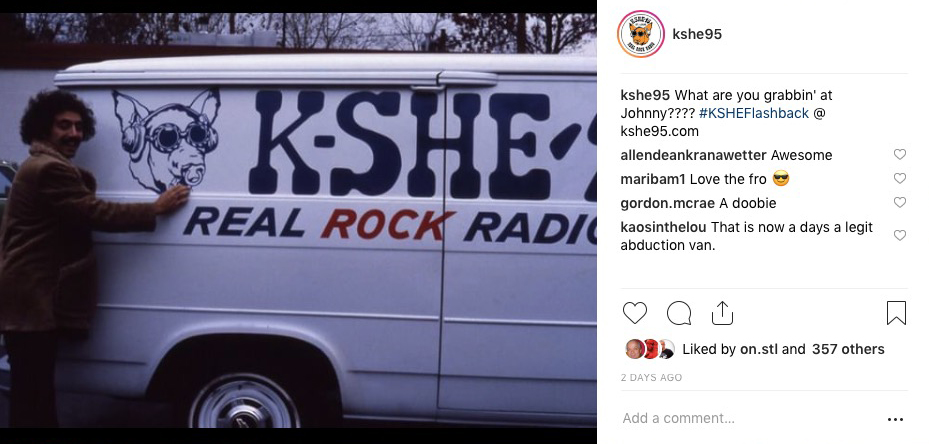 Classic Rock station might have the inside track here, but every generation has its own nostalgia – if you tap into it. I’m always amazed in teen focus groups when the discussion turns to things they loved when “they were kids.”
Classic Rock station might have the inside track here, but every generation has its own nostalgia – if you tap into it. I’m always amazed in teen focus groups when the discussion turns to things they loved when “they were kids.”
And I’ve added my own half-dozen archetypes that directly apply to broadcast radio, and it’s potential to establish a sense of intimacy with audience members.
7. Acknowledgment – This is a pathway that was barely in existence a decade ago. But thanks to social media, it is more than possible for a radio station to seamlessly connect with listeners on their favorite platforms. More and more stations have gotten the memo this matters. If you attended a couple of my focus groups, you’d see and hear it loud and clear. Acknowledgment is validation. It makes a listener feel special – and heard.
8. Community – You can take this in a couple different ways. Radio stations have the ability to create their own communities – or tribes – through a 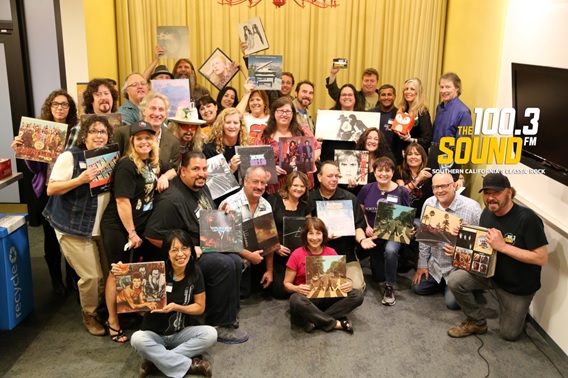 sense of commonly shared values or tastes, from music to politics (in the case of the a talk station), or causes. And the other side of this archetype is connecting with the actual community – the metro or city of license in unique ways. Stations that do regular outreach in the form of the “Hometown of the Week” have learned about the joy generated by a visit from the radio station, whether it’s to their office or their Main Street. In a media world that’s gone global, radio’s ability to get granular in its communities is part of its “special sauce.”
sense of commonly shared values or tastes, from music to politics (in the case of the a talk station), or causes. And the other side of this archetype is connecting with the actual community – the metro or city of license in unique ways. Stations that do regular outreach in the form of the “Hometown of the Week” have learned about the joy generated by a visit from the radio station, whether it’s to their office or their Main Street. In a media world that’s gone global, radio’s ability to get granular in its communities is part of its “special sauce.”
9. Entertainment – Our research on the news and public radio side of the spectrum has reinforced the reality that there are many unhappy, stressed-out, angst-ridden people struggling to get through these times. The economy may be good when you just read the data, but many are slogging through a firehose of bad news and challenging times. Stations that excel in playing great music, xompelling personalities, escapist sports talk, or news and information have the ability to shine the light on the positive, the warm, and the fun sides of life.
10. Fame – Reality TV has taught us that deep down inside, many “regular folks” want their 15 minutes of fame. Or at least recognition. Many years 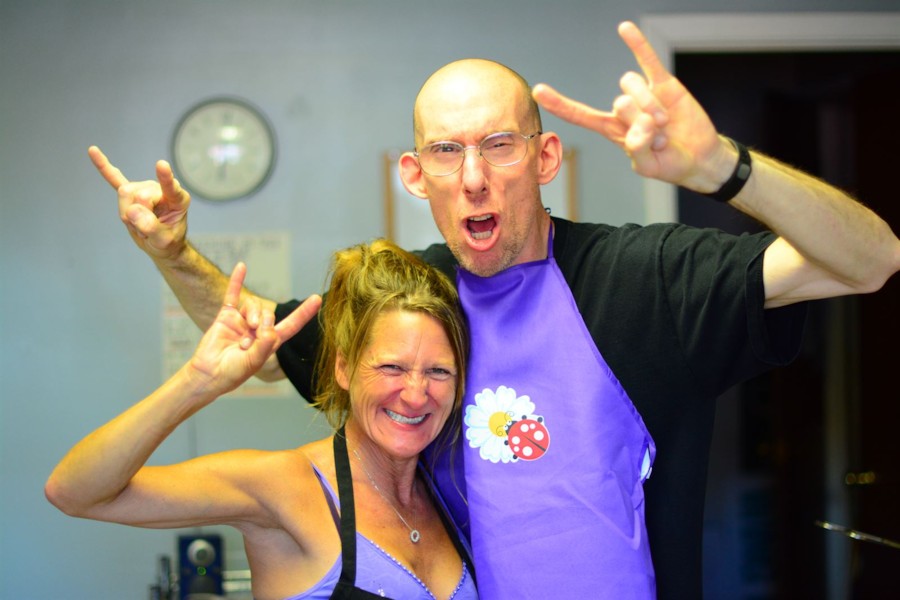 at The Bone in San Francisco, PD Larry Sharp posted every Workforce winner (and their hometowns) on a dedicated page of the website. It became the second most visited page (behind listening to the stream). There’s nothing more revealing than a listener – who’s just won $600 – wondering why it’s taking so long for the station to post her name on the website. Giving the audience the opportunity to meet and hang out with station celebrities makes them feel like one, too. Public radio has gotten good at staging “open houses” where listeners can visit the station on a designated evening, tour the studios, and meet the staff. It makes them feel important.
at The Bone in San Francisco, PD Larry Sharp posted every Workforce winner (and their hometowns) on a dedicated page of the website. It became the second most visited page (behind listening to the stream). There’s nothing more revealing than a listener – who’s just won $600 – wondering why it’s taking so long for the station to post her name on the website. Giving the audience the opportunity to meet and hang out with station celebrities makes them feel like one, too. Public radio has gotten good at staging “open houses” where listeners can visit the station on a designated evening, tour the studios, and meet the staff. It makes them feel important.
11. Empowerment – Radio brands that give listeners a voice earn a special advantage, and there are lots of ways to pull this off. Making it easy to connect with the powers-that-be is a no-brainer. But Listener Advisory Board groups or Brand Advocacy programs can take this up important notches. As consolidation in and out of radio becomes more commonplace, a brand that takes the time to empathize with listeners and hear their stories and their experiences can create that sense of intimacy.
12. Familiarity – It wasn’t that many years ago when radio station cumes were an amorphous mass of stick figures or decimal points – an 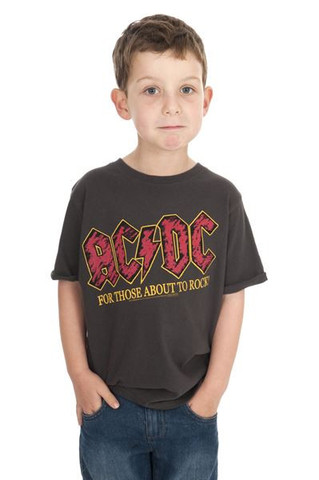 undifferentiated group of listeners that stations only saw at event or heard on the studio lines. But radio’s database marketing efforts can yield more than just weekend “email blasts.” They afford stations that ability to get to know audience members- who they are, where they live, and what moves them. This is what Artificial Intelligence is all about. Everyone who has ever worked in radio can recall a moment where you gave away tickets to show, only to learn the 9th caller doesn’t love the band OR doesn’t even know what prize they were going after. It’s not difficult at all to find those Jason Aldean or Queen fans in your database, making sure these listeners can be matched up (or tipped off) to contests and promotions that revolve around a much-loved artist.
undifferentiated group of listeners that stations only saw at event or heard on the studio lines. But radio’s database marketing efforts can yield more than just weekend “email blasts.” They afford stations that ability to get to know audience members- who they are, where they live, and what moves them. This is what Artificial Intelligence is all about. Everyone who has ever worked in radio can recall a moment where you gave away tickets to show, only to learn the 9th caller doesn’t love the band OR doesn’t even know what prize they were going after. It’s not difficult at all to find those Jason Aldean or Queen fans in your database, making sure these listeners can be matched up (or tipped off) to contests and promotions that revolve around a much-loved artist.
Don’t get me wrong – creating, building, and nurturing an intimate brand doesn’t happen overnight. It’s hard work, requiring vision, commitment, boundless energy, and a strong sense of staff unity. But the payoffs for brands in a competitive environment can be powerful.
Intimacy takes time, but just like in personal relationships, it’s worth it.
For a copy of MBLM’s 2019 Brand Intimacy report, click here.
- Can Radio Win “The Last Touch/First Touch Challenge?” - April 4, 2025
- How Will Radio Fare In The Battle For The Fourth Screen? - April 3, 2025
- Like A Pair Of Old Jeans - April 2, 2025




Well, in 1985, LL Cool J let us know…
I Can’t Live Without My Radio.
https://youtu.be/qqw2uby0dzc
And all this time, I thought LL Cool J was a TV star. 🙂 Great to hear this again, Chris.
Excellent two-part post, Fred. In addition to downloading the report, there is a related document called “Mind the Gap, 10 ways to assess and bridge the growing divide between brand, people and technology.” (I’ve lost the download link, but it is within the original report PDF.) Both very interesting, lots of food for thought.
Worth noting for the radio side of audio, is that podcasting is widely considered to contain “intimacy” as a key value that bonds listeners to shows, and attracts advertisers to leverage that quality in their sponsorship messages. I think any kind of audio programming, delivered on any platform, can achieve the intimacy bond. One advantage of on-demand audio delivered primarily on phones, is that the audience is in headphones, blocking out worldly distractions and increasingly the intimacy factor. Something to be said for adding on-demand components to the broadcast brand.
Anyway, thanks for these posts and for pointing to the study.
Brad, thanks for the comment and the info about “Mind the Gap.” Here’s the link: I believe you’re right about the intimacy piece as it relates to audio. As we discuss in today’s post, there’s no shortage of audio content, and it is intensifying as more of the big boys jump into the fray. Appreciate your point of view on this.
“Intimacy takes time, but just like in personal relationships, it’s worth it.”
Unfortunately, radio’s consolidation years under valued the intimacy that its personalities and brands had built up over time and quickly discarded both.
The real success stories in radio today are those properties that have carefully maintained and continued to nurture their place in their listener’s lives.
Thank You for a great two-part blog Fred.
Most appreciated, Dick. Thanks for reading it & commenting.